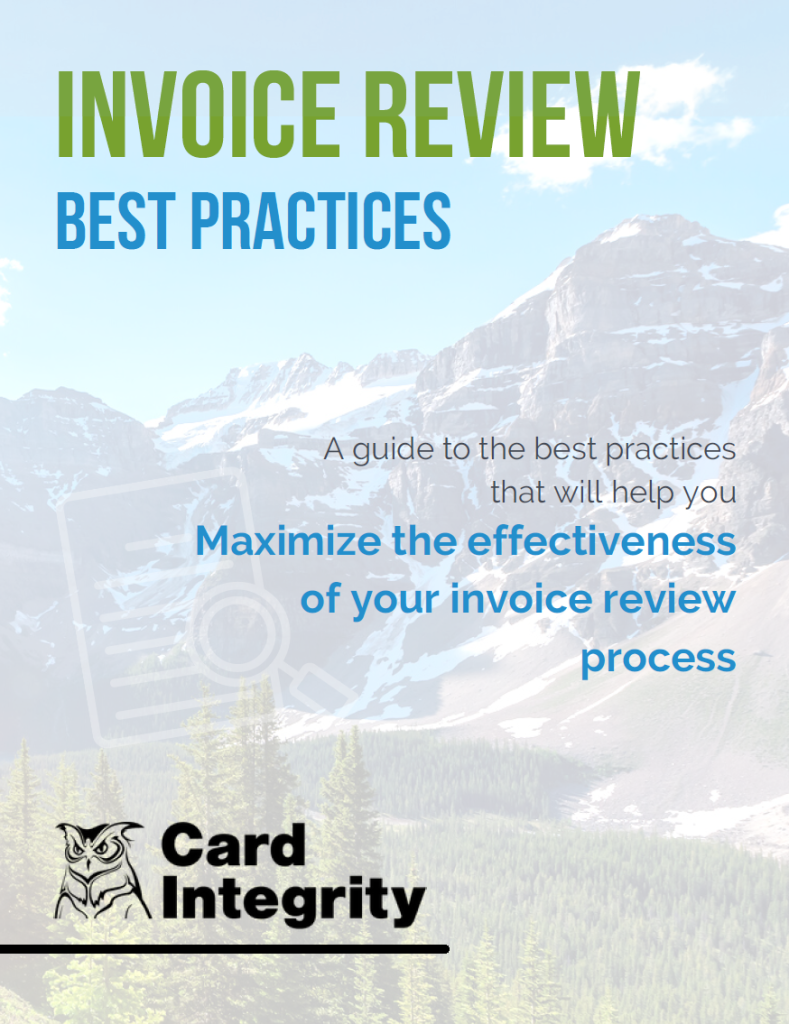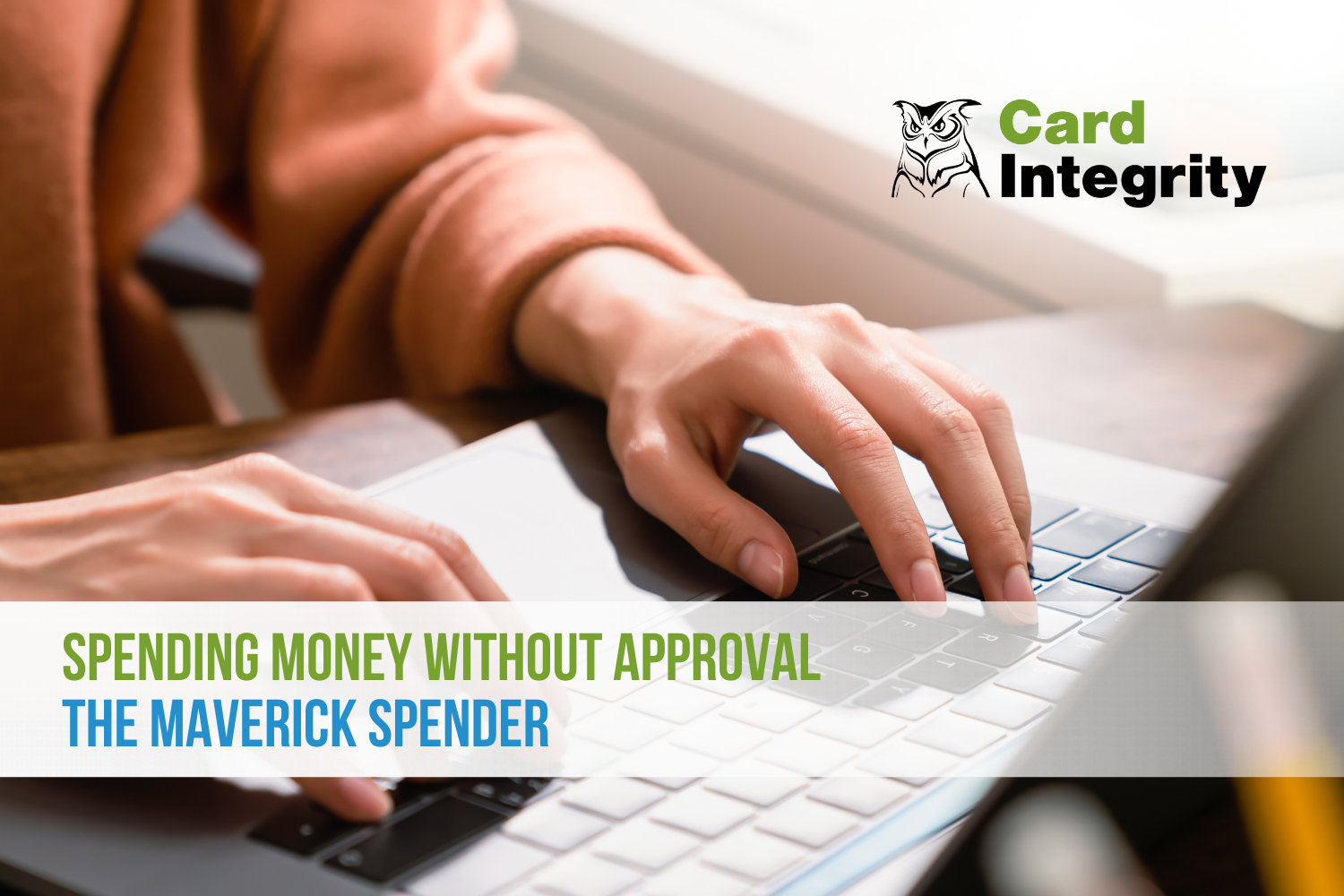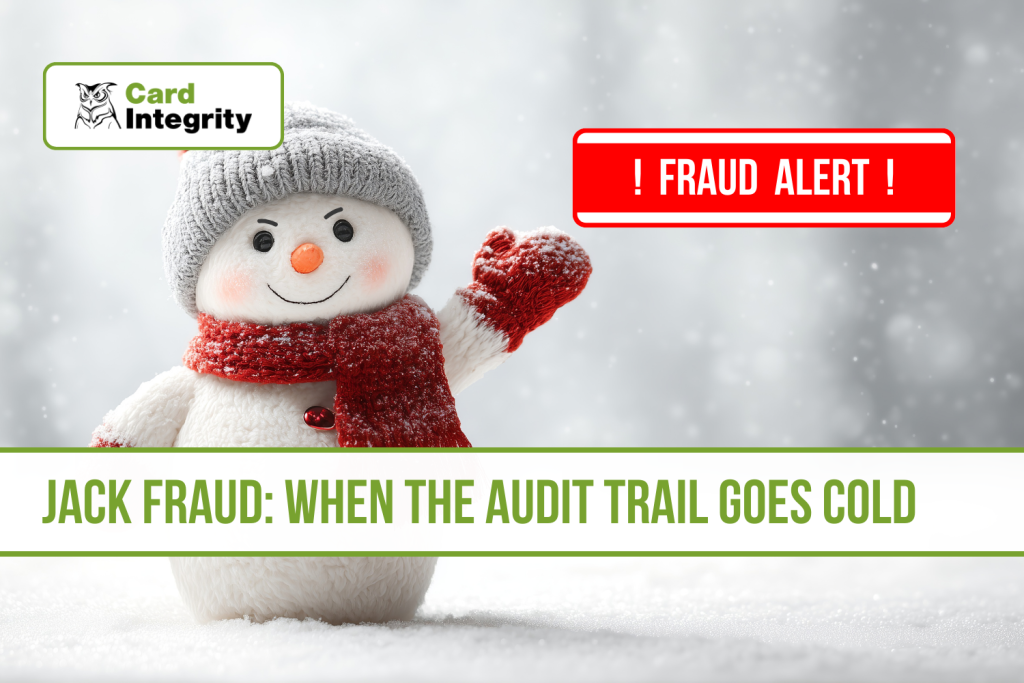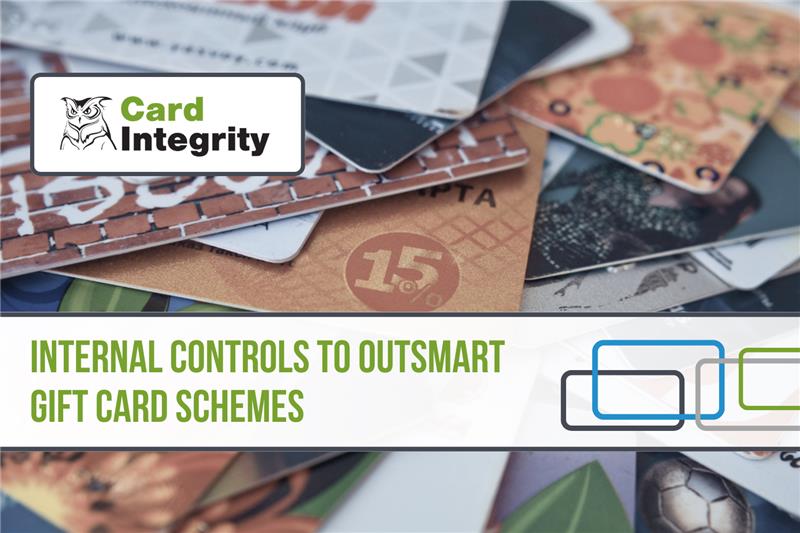In our article “Five Ways Your Company Might Be Overspending,” we introduced our five-part series on identifying and ending overspending. In this article of the series, we examine how a lack of knowledge about duplicate payments—due to a lack of visibility—can cause your company to overspend.
How a lack of knowledge can cause overspending
Overspending due to a lack of knowledge can manifest in a couple of ways. In the first article of our overspending series, we mention the dangers of using the wrong supplier. Your business has agreements with certain vendors. These agreements, at least in part, exist because these vendors extend a financial benefit for your company in return for your loyal business.
However, when your purchasers aren’t using these vendors, your company stands to lose a great deal of money. It’s a situation that could have been avoided — if only someone knew it was happening. You can dive more deeply into that type of overspending and its solutions in our article, “The Price to be Paid for Ignoring Preferred Suppliers.”
But there’s another way in which a lack of knowledge can cause overspending, and that is duplicate payments.
How this overspend begins
When different departments are handling the same transactions with different payment methods, there lies a risk of duplicate payments.
Proverbially, the right hand of the company is often unaware of what the left hand is doing — and vice versa. Ideally, of course, lack of communication like this is rooted out before it becomes a problem. But despite the individual efforts of you, or your department, duplicate payments can still sneak through. Too many possible means of paying for transactions, with poor oversight, open the door for them.
What this overspend looks like
The vendors used could very well be the “right” suppliers — pre-approved and preferred, with agreements and loyalty discounts in place. But payments can still become duplicated upon different multiple paths. For example, an invoice might be sent to the Accounts Payable department, while a payment for the exact same transaction is made using a company credit card (be it a P-Card or similar purchasing card). AP—unaware of the P-Card transactions—cuts and mails out a check for the invoice. Suddenly, the vendor has been paid twice for just one transaction—and neither department knows that this has taken place. In fact, they might never know. Whose fault is it? It doesn’t matter. What matters is that money has been wasted for nothing.
Why this overspend happens
It might sound obvious, but it’s true: You don’t know what you don’t know. Lack of knowledge is behind this type of overspending.
What causes this lack of knowledge? It’s due to a further lack of visibility, oversight, and insight regarding your transactions. The results, especially when repetitive and continuously unnoticed, can be financially devastating.
However, once these transactions and the behavior surrounding them are identified, the reasons for duplicate payments become much more apparent:
- The AP department might be unable to see what’s being purchased on P-Cards. As a result, assumptions might be made as to whether or not an invoice has been paid.
- There might be a disconnect between different departments involved in the same transaction.
- It could be that the pathways for payment are too numerous or complicated to follow effectively.
- There might be errors in how vendors appear in your system — merchant codes might be duplicated or vendors might appear more than once, with slightly different names or contact information.
- Or, unfortunately, the duplications could be a fraudulent move on the part of an employee, a vendor, or both, in order to divert funds from your company.
How to end duplicate payments
Since the common denominator of duplicate spending is a lack of visibility, the cure would be to shine a light, so to speak, on everything surrounding your transactions.
Once those in Accounts Payable actually know about the duplicate payments and what’s at the heart of their cause, concrete steps can be taken to reduce the occurrence. Here are three specific ways you can identify and avoid duplicate payments:
Connect AP to all means of payment. Duplicate invoices often sneak through an expense system because those within the AP department just don’t have enough knowledge of the existing payment methods within a company. Very often, that disconnect occurs because of the use of P-Cards. So it’s important to always keep AP in all payment loops and connected to all possible payment avenues.
One of the unique services Card Integrity provides is transaction communication and management. We can help you develop and implement a plan that allows your AP department to be more in the know about all transactions, despite your system’s complexity or volume.
Review and compare of invoices. Oversight. It’s an obvious answer to a lack of visibility. However, the deeper issue is that, as simple as it sounds, oversight clearly is not being done. Why not?
Most likely, it’s due to a lack of time, resources, and concentration. In a tightly run company, it’s not unusual for employees to already be overwhelmed with their normal, everyday tasks and responsibilities. To burden them with the further task of reviewing and comparing invoices might be asking too much—and it could go as far as to break an already overloaded system.
The Card Integrity solution
To ensure that proper oversight is applied without overloading your system, Card Integrity offers the Invoice Review service. As a third-party solution, Card Integrity can take care of your highly necessary reviews, while allowing your managers to stay focused on their typical job tasks. The Invoice Review service was designed to identify and alert clients about duplicate payments across commercial cards and Accounts Payable within the organization’s finances.
Card Integrity’s independent nature also provides an additional advantage: It removes from the equation any employees who might be, well… unscrupulously involved in the duplication of payments.
Simplify systems to simplify oversight. Too many pathways for payment complicate not only the overall system but also the ability to oversee the system properly. Some of these payment gateways might be superfluous and unwieldy. So, it might be wise to examine and streamline your current system as much as possible, to eliminate any unnecessary methods of payments. This could make the review of invoices easier, while also reducing duplications.
This is also the perfect opportunity to review your vendor records and check for any repetitive contact information that might potentially increase your risk of duplicate payments. Card Integrity can handle this review and ensure that your vendors are correctly documented and placed under the right categories, with appropriate, corresponding merchant codes.
Avoid getting buried under an avalanche of overspend
When duplicate payments are disregarded, they have the potential to snowball into a disastrous financial avalanche. It’s far better to prevent the duplications than to try to bounce back from the repercussions and frustrations of forever-lost funds.
Card Integrity, of course, is ready when you are to help nip duplicate payments in the bud. Identifying duplicates across payment methods is core to our Invoice Review service. If you’d like to learn more about the service, download a free copy of our Invoice Review eGuide below!
Continue reading the overspending series
Looking for the entire series dedicated to overspending? Choose from the below list of articles.









